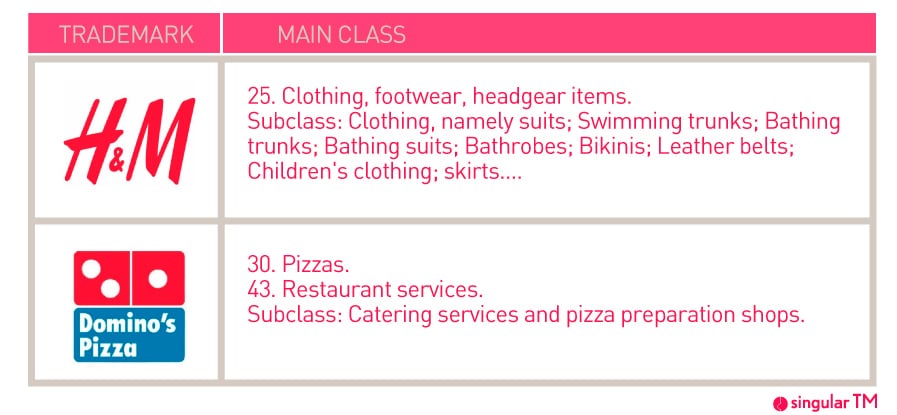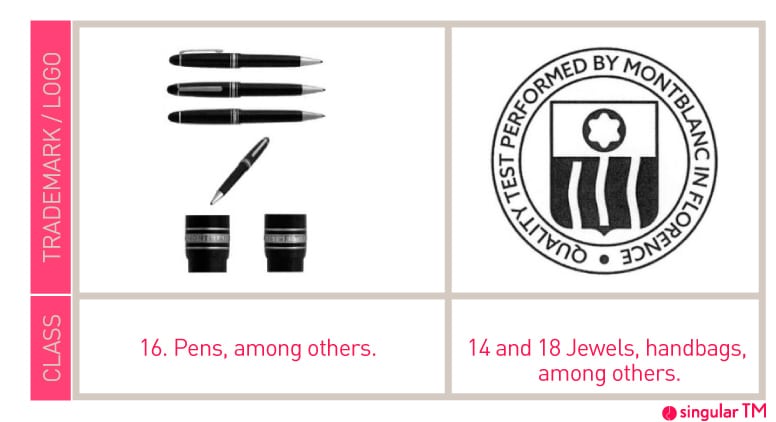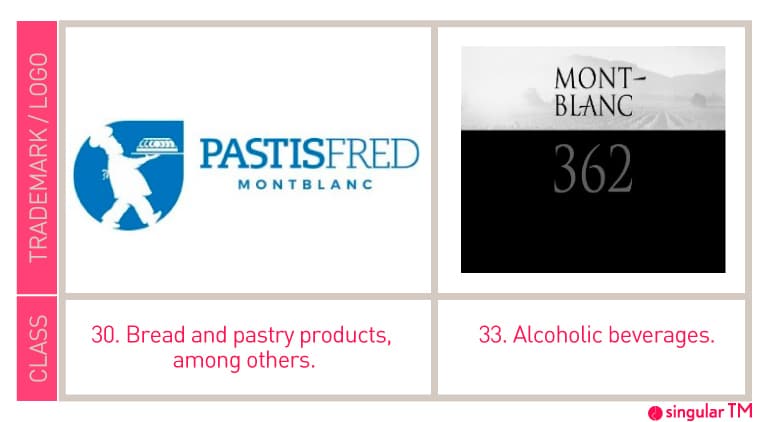What is the Nice Classification? International Classification of Goods and Services for trademark registration.
There are many applicants who, when defining under which goods and/or services category they want to register their trademark, have doubts about the appropriate selection in order to have complete coverage.
Today, we will explain the keys to understand the Nice Classification:
The first step is to be clear about the purpose for which the trademark will be used. Clearly defining the services or goods to be covered by our trademark at the time of registration, and taking into account our future activity, will help us to choose the appropriate and necessary classes
1. How to choose the right Nice class for my trademark?
Once the goods and/or services of the trademark are determined, it is time to classify that activity. To better explain this, see the following example:
We will create a business that sells shoes, and we will have to apply taking into account the different classes for trademark registration. In which class should we register the trademark?
In the Nice Classification list, Class 25 is the class including “clothing, footwear, headgear items”. Within this class, which is very broad, look for the subclass or good specification that most accurately defines our service or good. In the case of footwear sale, which is class 25, we find “shoes” in the subsection.
To illustrate this more graphically, here are some examples with well-known trademarks and their main (not only) class, with their first general wording section, together with their specific wording (an excerpt, not all wording is included):
2. In how many classes must a trademark be registered?
Unlike other countries, Spain has a system called “multiclass”, which means a trademark can be registered in several classes at the same time.
However, the fact that this option to protect our trademark within several classes is available, it does not meant that it should be registered several of them. The trademark must be registered only in the classes in which it is going to operate.
When choosing a class, always keep in mind two very important points:
- Trademark activity. What do we want our trademark for today?
- Trademark strategy. What will we do with our trademark tomorrow? Where can it evolve to?
In this second point, the most important reflection in the trademark application process must be made, since once the registration of a trademark in one or several specific classes is applied for, there is no possibility of extending the classes afterwards.
It is very important to have a future strategy for the use of the trademark. Why?
Going back to the previous example:
We want to set up a business engaged in selling custom designed and hand-made shoes.
Our business, whose main activity is selling shoes (class 25), is starting to do very well. Our trademark is positioned thanks to the added value of “designing unique shoes”, and we have found that there is a huge market niche in the training of footwear design techniques area
In this case, to extend my trademark activity to training, would I be protected?
The answer is no. If, at the time of applying for trademark registration, we do not consider the options of where our business activity might evolve to, our trademark will not be protected for it.
Not having a well defined strategy may result in higher costs in the future and, sometimes, potential conflicts with other similar trademarks which are already registered in that class.
But, at this point… do not panic! There is a solution.
If the trademark activity evolves to a point that was not originally contemplated, there is the option of submitting a new application for trademark registration in the classes where the new activity is to be carried out.
Here are some examples, like the one from “MONTBLANC”.
The “MONTBLANC” trademark is registered in several different classes:
There are also cases where several trademarks with the same name or with a similar name coexist in the market, and this is what the Nice class selection does: to determine trademark protection in a given market and consumer group, so that there is no room for confusion between them. In this sense, there are other “montblanc”, with different owners.
Additionally, if the trademark is not used in the manner in which it is protected, for the goods or services in which it is specialized, there is a risk that any third party may try to cancel it for lack of use.
In conclusion:
- Selecting the appropriate classes within the Nice Classification is key to achieve a successful trademark protection strategy.
- The number of classes in which a trademark must be registered will depend on the services or goods in which it wants to be protected, both now and in the future.
- After the trademark registration has been submitted, the protection of the trademark cannot be extended to more classes than those initially applied for.
- It is advisable to only apply for trademark registration in the classes in which the activity will be developed since, if the registration is submitted for many classes, there are greater chances to find a similar trademark that can oppose to the registration.
We hope this article has been useful for you to understand a little better the Nice Classification. For more information, you can click here. Also, count on us to help you with the selection process, which is always a pleasure for us.





0 Comments